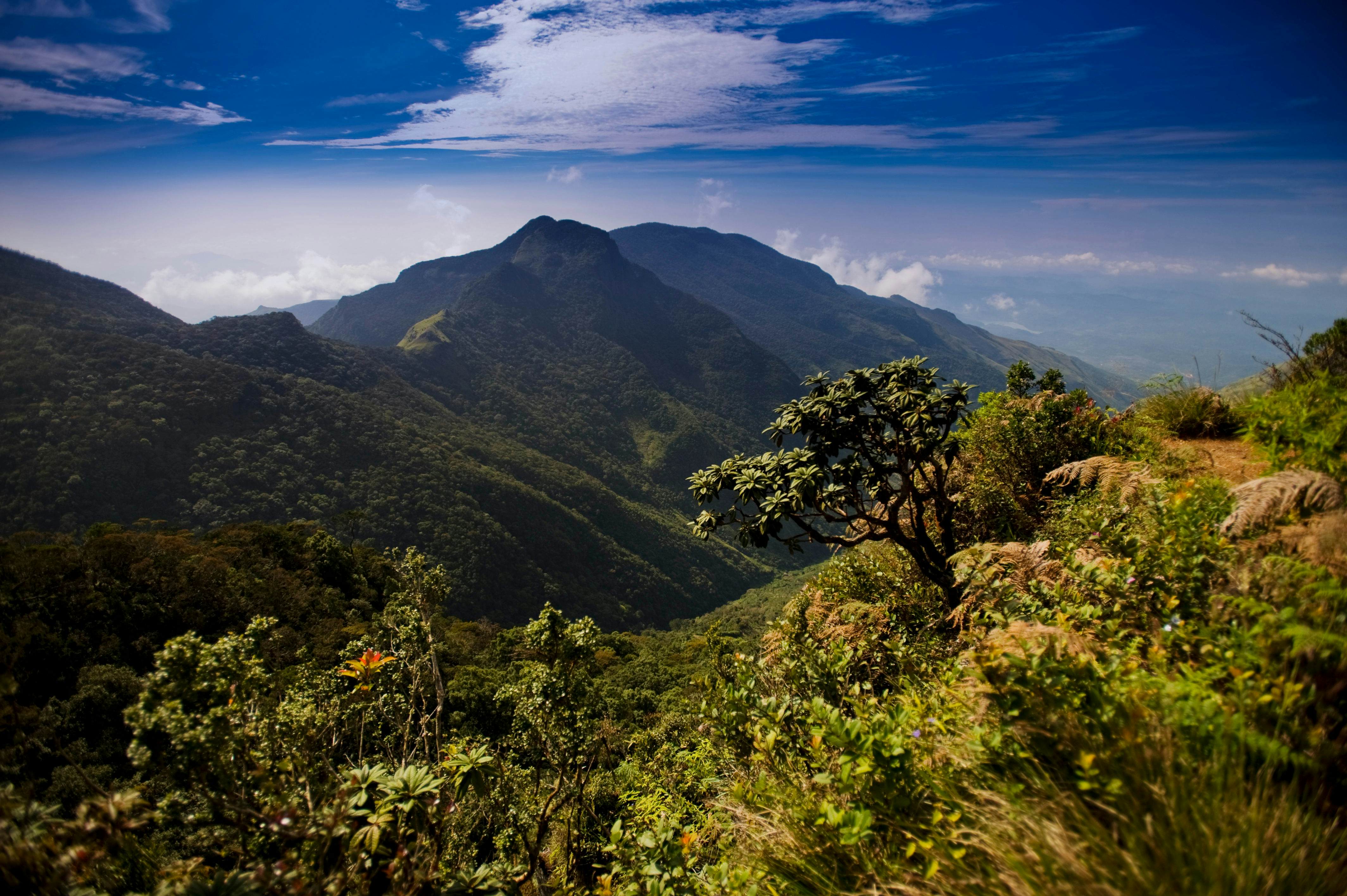If you want to write an article about another topic; you can contact me and send the topic of that essay (I will do that for you for free)
Horton Plains National Park: A Natural Paradise in Sri Lanka
Nestled in the central highlands of Sri Lanka, the Horton Plains National Park is a world-renowned natural wonder that boasts breathtaking landscapes, diverse wildlife, and a unique ecosystem. Spanning over 3,169 hectares, the park is home to a range of endemic flora and fauna and is a popular destination for nature enthusiasts, hikers, and birdwatchers alike. In this blog, we'll delve into the beauty and significance of Horton Plains National Park and explore why it is a must-visit destination for anyone traveling to Sri Lanka.
Location and History
Horton Plains National Park is located in the Nuwara Eliya District of Sri Lanka, approximately 200 kilometers from Colombo. The park sits at an altitude of 2,100 to 2,300 meters above sea level, and its rugged terrain and high elevation make it a unique and challenging destination for hikers and adventurers. The park was declared a wildlife sanctuary in 1969 and was later designated as a national park in 1988. It is also a designated UNESCO World Heritage Site due to its unique biodiversity and ecological significance.
Flora and Fauna
The Horton Plains National Park is a hotspot for biodiversity, with a range of endemic flora and fauna species. The park is home to over 50 species of resident and migratory birds, including the Sri Lanka white-eye, the yellow-eared bulbul, and the Sri Lanka bush warbler. The park's grasslands are also home to a range of mammals, including the sambar deer, the purple-faced langur, and the Sri Lankan leopard. Additionally, the park boasts a variety of plant species, including the rhododendron arboreum, the Dendrobium maccarthiae orchid, and the Sri Lanka blue magpie.
Attractions and Activities
The Horton Plains National Park offers visitors a range of attractions and activities that showcase its natural beauty and ecological diversity. The park's most famous attraction is undoubtedly World's End, a sheer cliff that drops 870 meters and offers breathtaking views of the surrounding landscape. Another popular destination within the park is Baker's Falls, a picturesque waterfall that cascades down a rocky outcrop and is surrounded by lush vegetation.
The park also offers a range of hiking trails for visitors to explore, ranging from easy to challenging. The most popular hike is the 9-kilometer circular trail that takes visitors through World's End and Baker's Falls, offering stunning views of the park's grasslands, forests, and mountains. For the more adventurous, there are longer hiking trails that lead to the park's highest peaks, including Kirigalpotta and Thotupola Kanda.
Conservation and Preservation Efforts
The Horton Plains National Park is not only a beautiful and unique destination, but it is also a vital ecosystem that plays a crucial role in the region's ecology and water resources. The park is the source of several major rivers in Sri Lanka, including the Mahaweli, Kelani, and Walawe rivers, which provide water for agriculture and other human activities.
To protect and preserve this important ecosystem, the Sri Lankan government and local conservation organizations have implemented several conservation and preservation efforts. These efforts include restricting visitor access to certain areas of the park, enforcing strict regulations on waste management and pollution control, and promoting sustainable tourism practices.
Visiting Horton Plains National Park
Visiting Horton Plains National Park is a must-do activity for anyone traveling to Sri Lanka, especially for nature lovers and adventure enthusiasts. The park is open daily from 6:00 am to 6:00 pm, and visitors are required to obtain a permit from the park's entrance gate. The park's entrance fee varies depending on the visitor's nationality,

Comments
Post a Comment